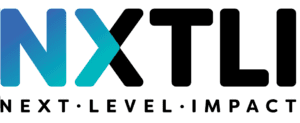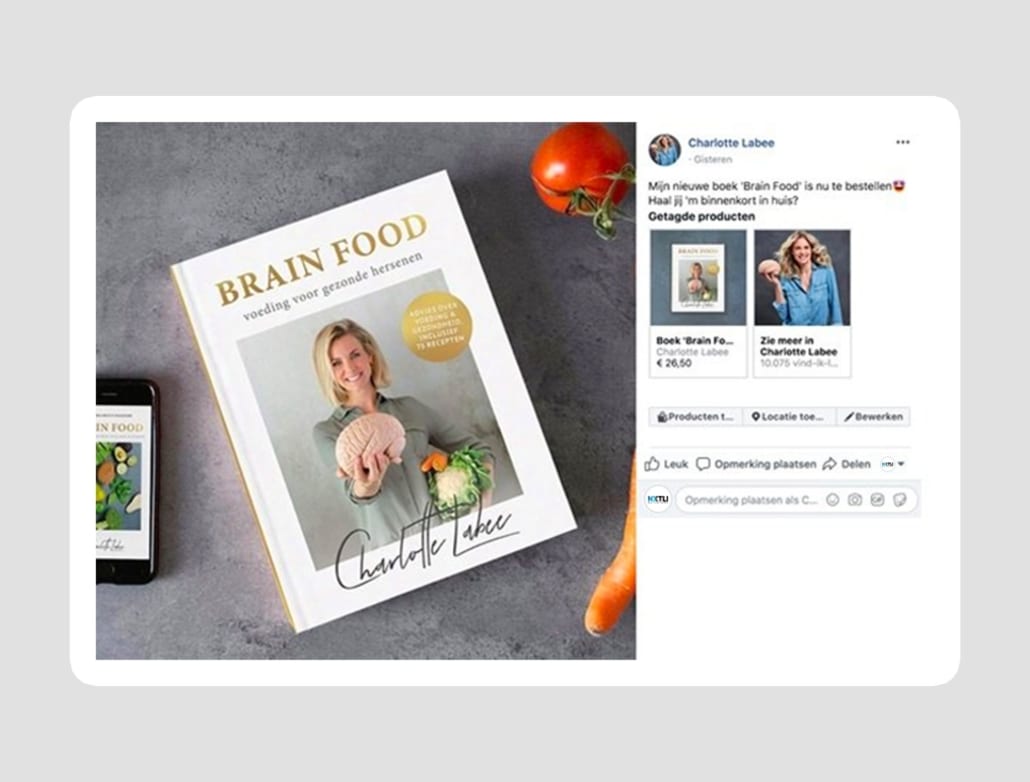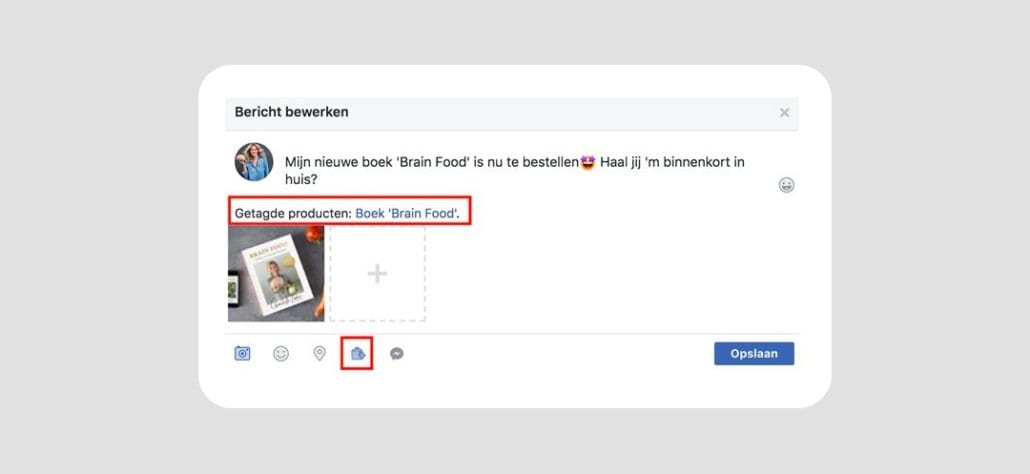According to Google' s Search Engine Optimization (SEO) manual, publishing engaging, relevant and useful content will affect your website more to be found better in the search engine than any other factor of SEO.
Users recognize quality content and are more likely to refer other people to it. For example, think about interesting blog posts, videos, posts on social media and email. The better the content matches the visitor's need, the better it helps build your website's reputation with both visitors and Google. As a result, you will be better found in the search engine
In short, the quality of your content is crucial for visitors to your website to build trust and (ultimately) achieve commercial success from there. It's high time to fully embrace this ROI-generating marketing tactic if you don't already.
Content marketing delivers better results
Companies that use content marketing have on average a 6 times higher conversion rate, and the costs are also on average 62% lower. You also appear higher in the list of search results, compared to your competitors. This obviously affects your commercial success.
Content marketing as a ranking factor
Google's success is based on one thing: showing users the right information they need to solve their queries. That information is logically contained in content. This content can be in the form of a blog, but also on forums, in videos, social media, newsletters, or other forms of digital communication. Creating relevant content for your business is therefore very important.
Make sure content is relevant to your target audience
If you know your target audience well, you know what needs, problems and challenges they have. And what questions they ask (to Google) to get answers. Make sure your content responds to this in the best way possible.
For example, make a list of the most important questions asked of you by (potential) customers and create content that answers these questions as completely and honestly as possible. Then you are most likely to be found by people who ask these questions to the search engine.
Content and Google's business model
The higher the quality of the content, the more satisfied users will be. Google's entire business model depends on the quality of content people post online. So creating good content should really be your number one marketing priority.
Want to learn more about the importance of content marketing?
Get the replay of the "Next Level Talk" webinar from Sept. 7, 2021. You'll hear from the "Godfather of Content Marketing" Joe Pulizzi on why a "content-first business" is the #1 digital business model of this decade. And how to develop a successful content-driven business within 12-24 months.


